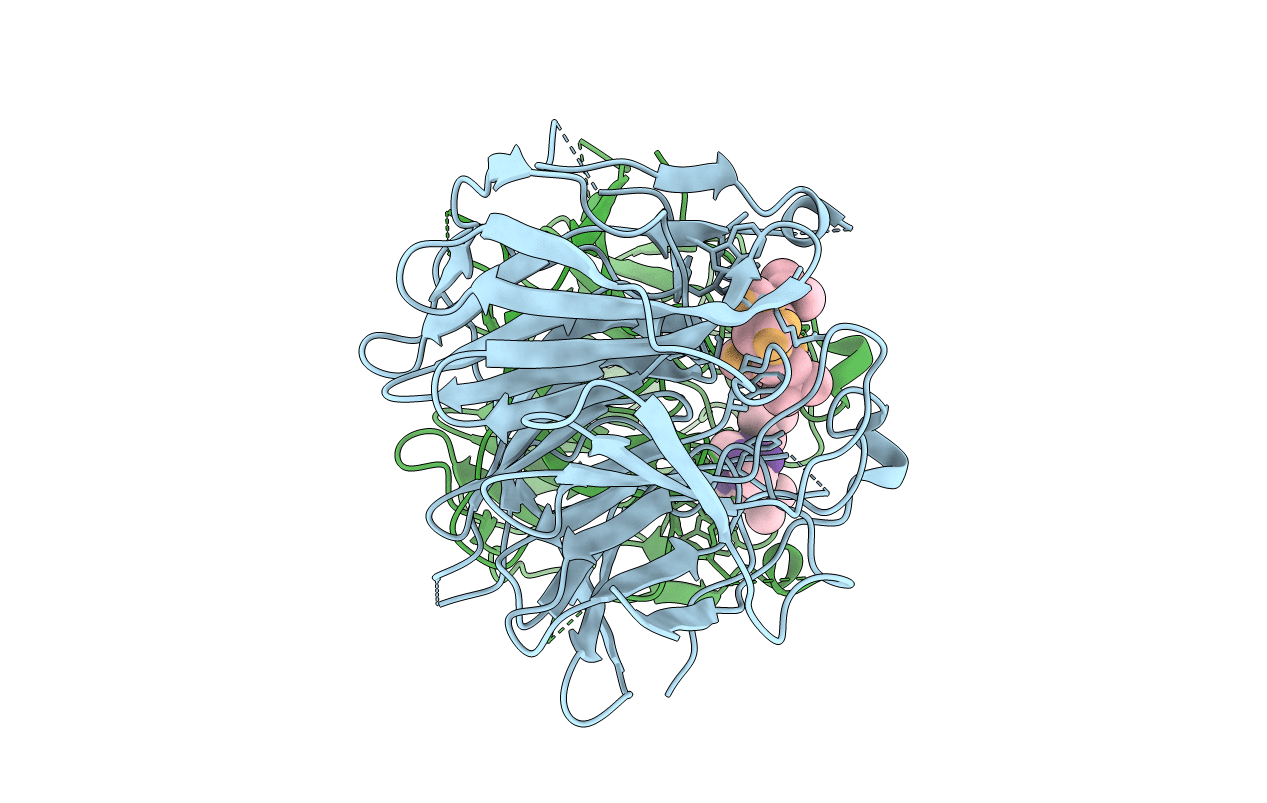
Deposition Date
2018-06-08
Release Date
2018-12-19
Last Version Date
2023-10-11
Method Details:
Experimental Method:
Resolution:
2.50 Å
R-Value Free:
0.25
R-Value Work:
0.19
R-Value Observed:
0.20
Space Group:
P 1 21 1


